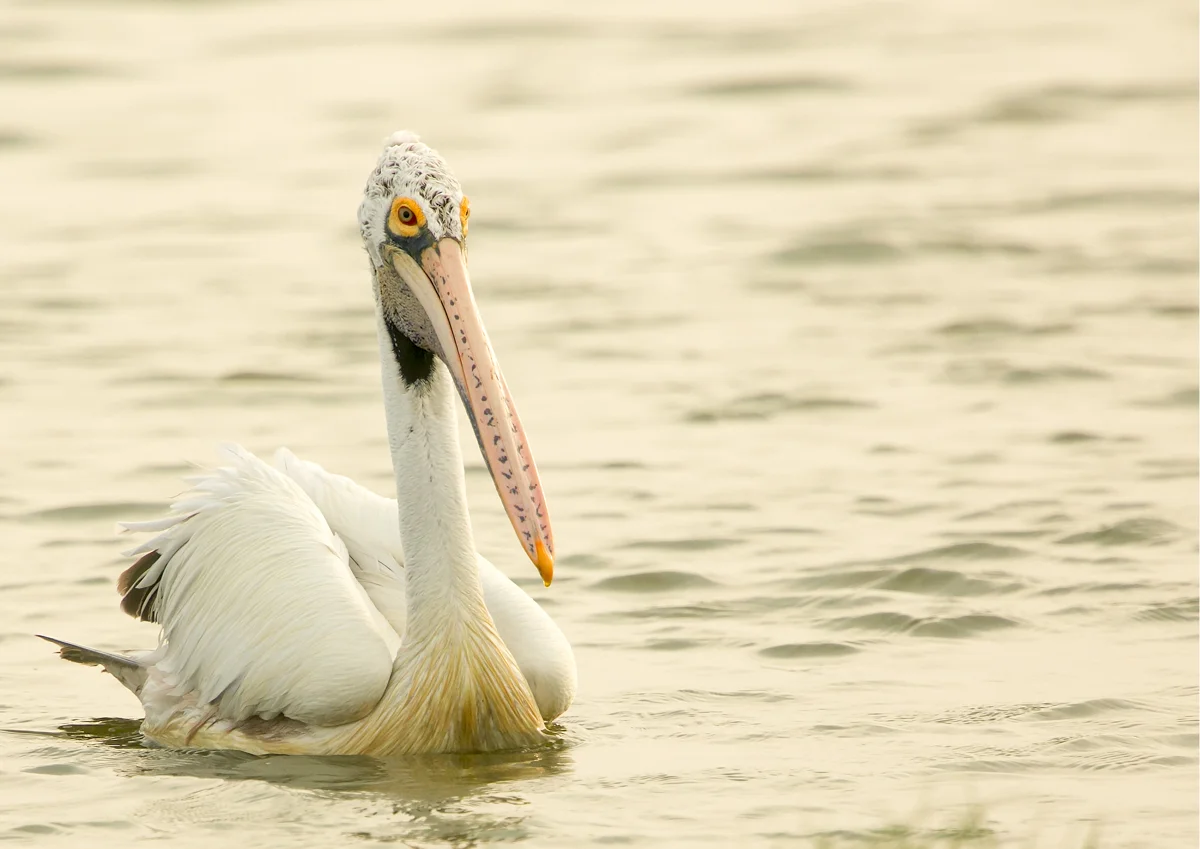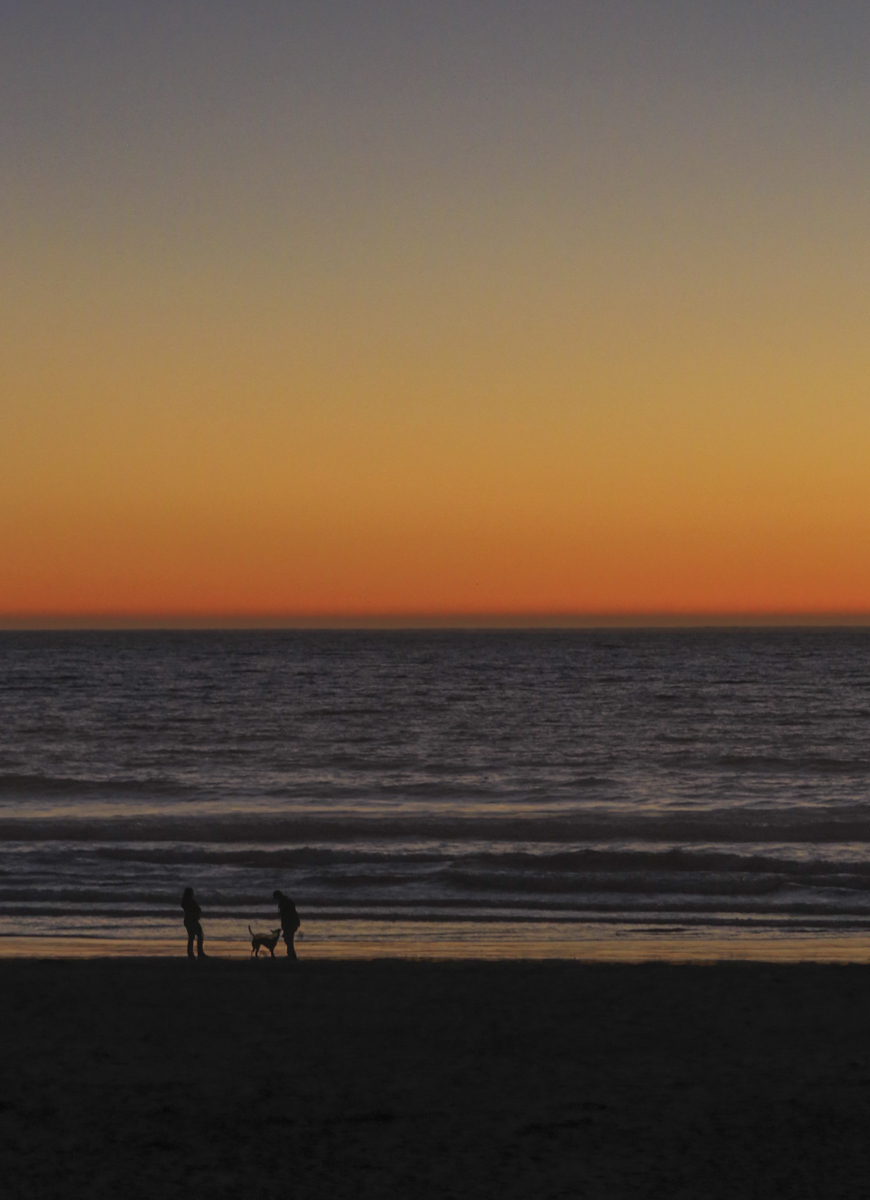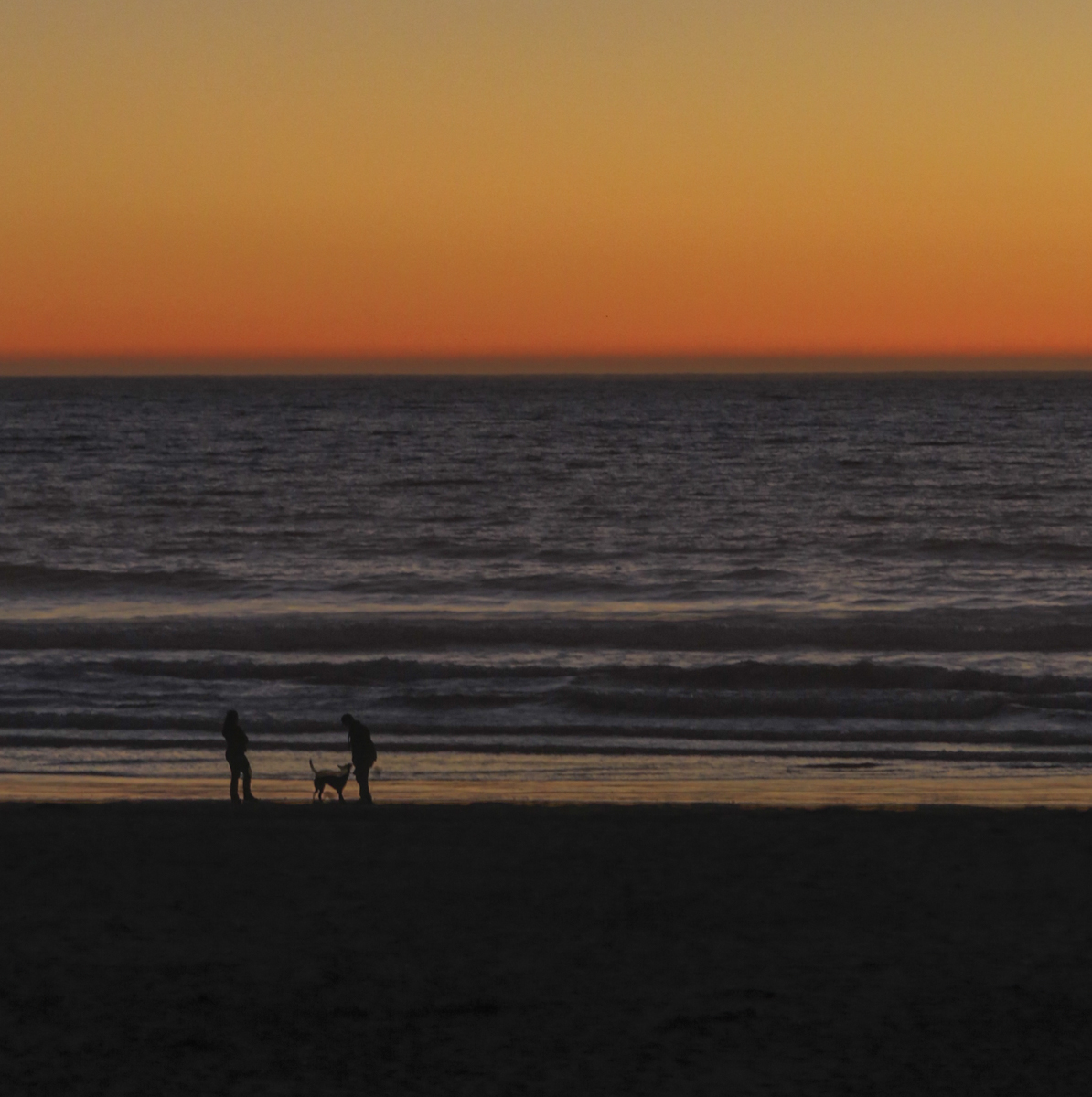Basics of Photographic Composition
Anyone can take a photograph which captures a a scene or a situation ..specially today with almost everyone carrying a smart phone. Most people can learn how to take a photograph with a DSLR . Today photographs are being taken at an unprecedented scale and speed. How you make your images stand out in this situation. How can you make your images more pleasing, more impactful and more meaningful?
The answer to all these questions is better composition !
What is Composition? Every time you take a photograph you make a bunch of decisions knowingly or unknowingly. These decisions impact how the image comes across to the viewers. What are these decisions?
what to include in the picture and what to leave out?
What lens focal length should I use? Should I go wide or should I zoom in close?
What perspective do i take the picture from? Low? Eye level? high?
Where do i place the primary subject(s) of the image within the frame?
What position should i shoot from in relation to the subject? near or far?
There is no right or wrong answer to any of these questions. It all depends upon what exactly you as the photographer would like to communicate. But there are some principles you can apply based on the collective wisdom of the photographers and artists who have come before you to create more pleasing and impactful images.
Let’s look at some of these principles now.
Fill the Frame
Rule of thirds
Leading Lines
S Curves
Filling the Frame :
Very often beginner photographers tend to err in this aspect. They tend to to shoot from too far away or with too wide a focal length so the subject ends up being not so prominent in the final image. Pause a moment to think what the actual subject is and get in close if possible or use a longer focal length and fill the frame with your subject. This one basic method will give you more impactful images.
Lets see an example of what I mean.
In the image above the Pelican is very small in the frame and therefore has less impact. But in the image below by filling more of the frame with the pelican the image has more impact.
Here the subject occupies more of the frame without getting too close to the edges to crop the image but at the same time there is enough background information.
2. Rule of thirds
There is a tried and tested method to get more pleasing images. This method has been adopted by Artists and photographers for ages to create more drama and interest in images.
One of the fundamentals of painting and photography, the Rule of Thirds is a technique designed to help artists and photographers build drama and interest in a piece. The rule states that a piece should be divided into nine squares of equal size, with two horizontal lines intersecting two vertical lines.
Here in this photograph you can see what i mean.
The first image is shot without applying the rule of thirds. The second image has been cropped using the using the rule of thirds keeping the people and the dog in the point of intersection
Without Rule of Thirds
Using the rule of thirds..can be done in camera using the built in guidelines or in post processing
Although the first image is nice enough the image which uses the rule of thirds seems to have more drama , is cleaner and therefore more impactful. But just as with all photographic “rules” this too can be broken and a good image still achieved.but the photographer needs to that with deliberation.
3. Leading Lines
It is one of the aims of the photographer to lead the eye of the viewer into the image and keep it there as long as possible. Leading lines are one of the tools available to the photographer to achieve that. Sometime these lines are strong and obvious ,sometime these are more subtle. In the image below the edges of the pier lead the viewers eyes into the centre of the frame towards the boats.
See how you can use leading lines during your next photography excursion.
Pier at Lake Wanaka, New Zealand
4. S Curves
S curves are a specific form of leading lines which can be found in both the natural and man made worlds. They create interest and drama and bring in an element of surprise if there is a well placed subject along the s curve. Here are couple of examples below.
Drive along Lake Pukaki, NZ
Now that you are aware of these compositional tools you can start using them in your photography.






